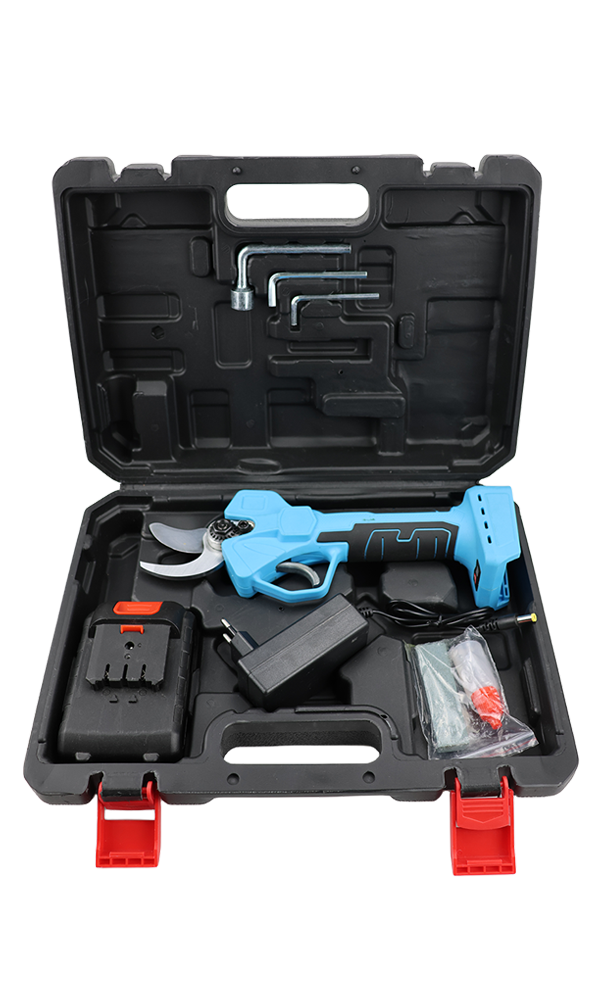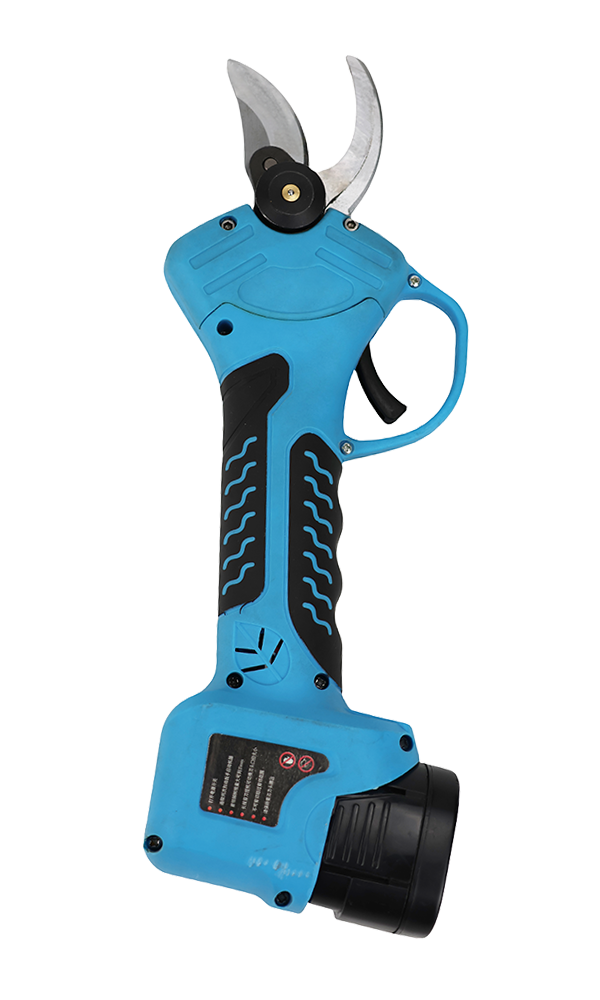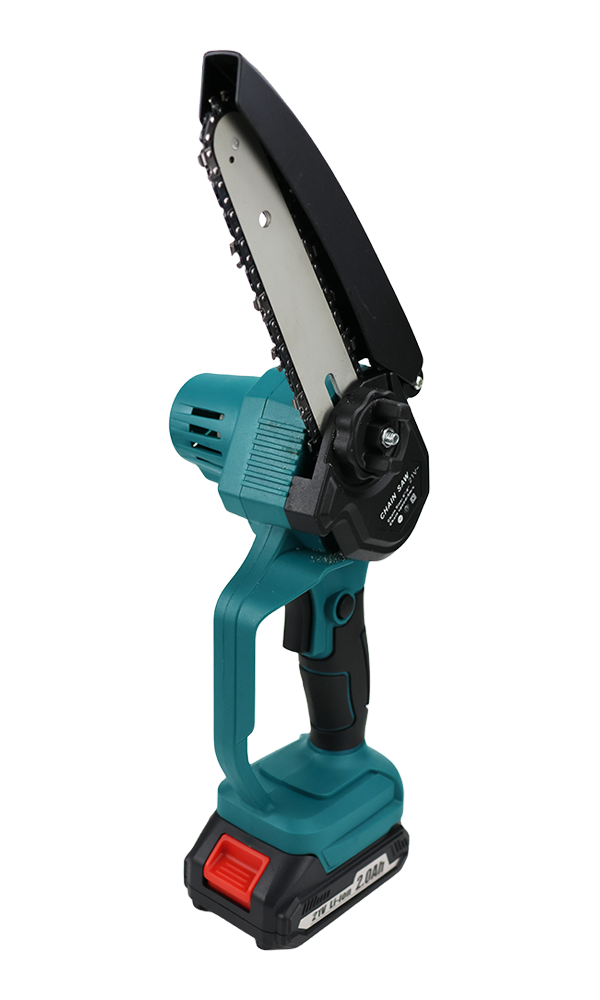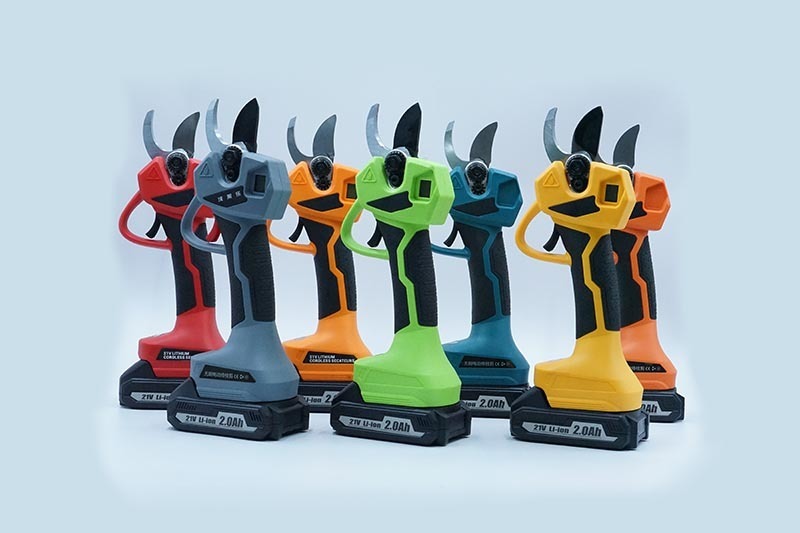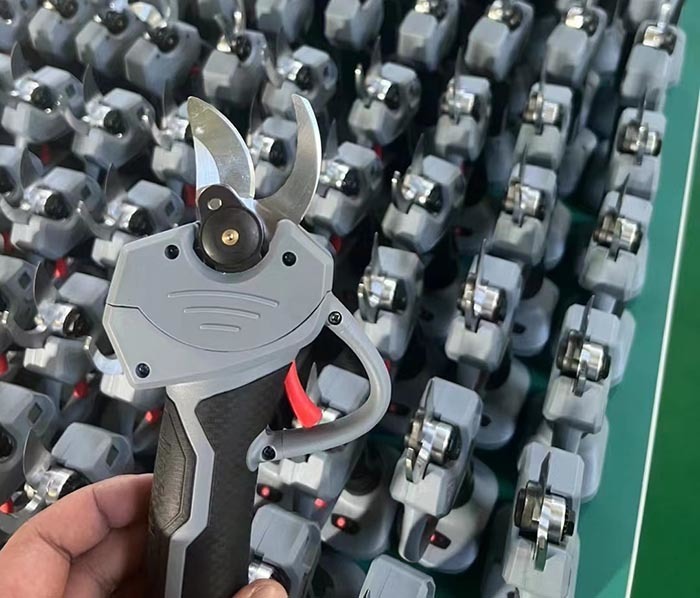NEWS
Mar 24,2025
Understanding the Factors Influencing Household One-Hand Chainsaw Prices
When considering the price of household one-hand chainsaws, several factors come into play that can significantly influence consumer choice and market trends. Firstly, the performance capabilities of these tools are paramount. Typically, household one-hand chainsaws are designed for light to medium-duty tasks, such as trimming branches and cutting firewood. The power of the motor, measured in watts or horsepower, can greatly affect the price. More powerful models tend to be pricier, as they offer better efficiency and durability.
Safety features also play a crucial role in the pricing of these tools. Chainsaws equipped with advanced safety mechanisms, such as automatic chain brakes, low kickback bars, and hand guards, often come at a higher cost. Consumers prioritize safety, especially novice users, and are willing to invest in models that provide added protection during operation.
Additionally, brand reputation and manufacturing quality influence price points. Established brands with a history of reliability and customer satisfaction typically command higher prices, as they are perceived to offer better quality and support services. Newer or less-known brands may provide more affordable options, but consumers should weigh the trade-off between cost and quality before making a purchase.
Market trends also impact the pricing landscape. Seasonal demand fluctuations, such as increased sales during the spring and fall for landscaping and yard maintenance, can lead to price variations. Moreover, economic factors such as raw material costs and supply chain constraints can also affect prices across the board.
It's essential for consumers to compare models before making a purchase. Features such as weight, battery life for cordless models, ease of use, and maintenance requirements should also be considered alongside the price. A higher upfront cost may be justified if the chainsaw offers better performance, longevity, or reduced maintenance needs.
In summary, the price of household one-hand chainsaws is influenced by various factors, including performance capabilities, safety features, brand reputation, and market conditions. By understanding these elements, consumers can make more informed decisions that align with their specific needs and budget. Carefully evaluating all aspects of these tools will ensure a satisfactory purchase that meets both safety and operational efficiency requirements.
Safety features also play a crucial role in the pricing of these tools. Chainsaws equipped with advanced safety mechanisms, such as automatic chain brakes, low kickback bars, and hand guards, often come at a higher cost. Consumers prioritize safety, especially novice users, and are willing to invest in models that provide added protection during operation.
Additionally, brand reputation and manufacturing quality influence price points. Established brands with a history of reliability and customer satisfaction typically command higher prices, as they are perceived to offer better quality and support services. Newer or less-known brands may provide more affordable options, but consumers should weigh the trade-off between cost and quality before making a purchase.
Market trends also impact the pricing landscape. Seasonal demand fluctuations, such as increased sales during the spring and fall for landscaping and yard maintenance, can lead to price variations. Moreover, economic factors such as raw material costs and supply chain constraints can also affect prices across the board.
It's essential for consumers to compare models before making a purchase. Features such as weight, battery life for cordless models, ease of use, and maintenance requirements should also be considered alongside the price. A higher upfront cost may be justified if the chainsaw offers better performance, longevity, or reduced maintenance needs.
In summary, the price of household one-hand chainsaws is influenced by various factors, including performance capabilities, safety features, brand reputation, and market conditions. By understanding these elements, consumers can make more informed decisions that align with their specific needs and budget. Carefully evaluating all aspects of these tools will ensure a satisfactory purchase that meets both safety and operational efficiency requirements.
Latest News
Mar 13,2024

